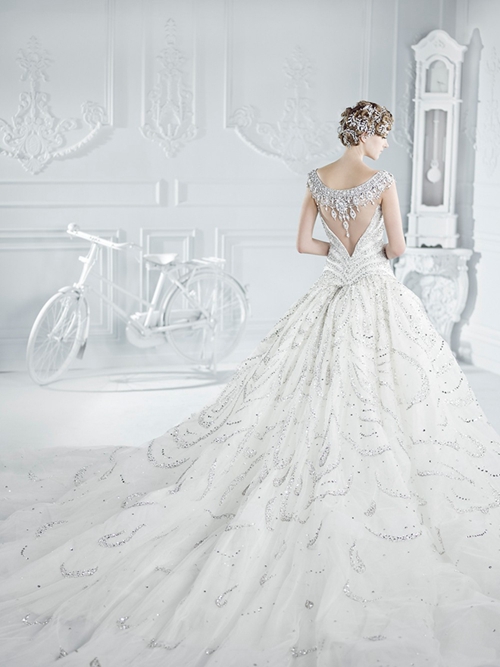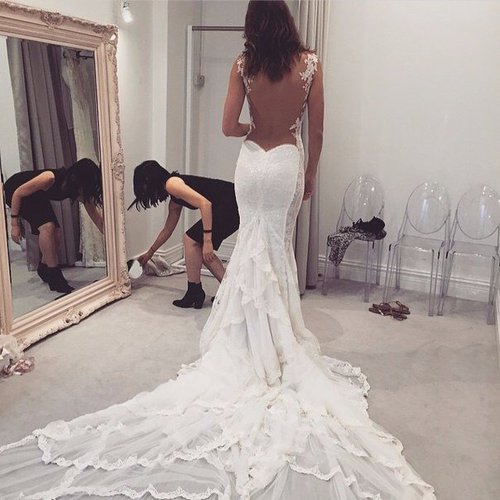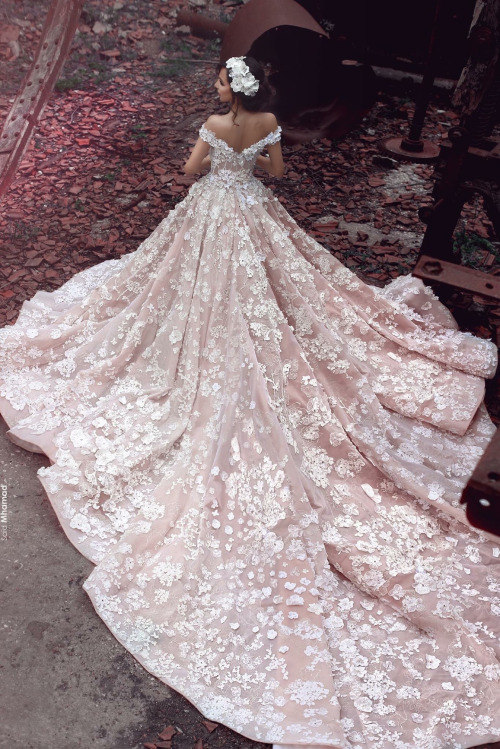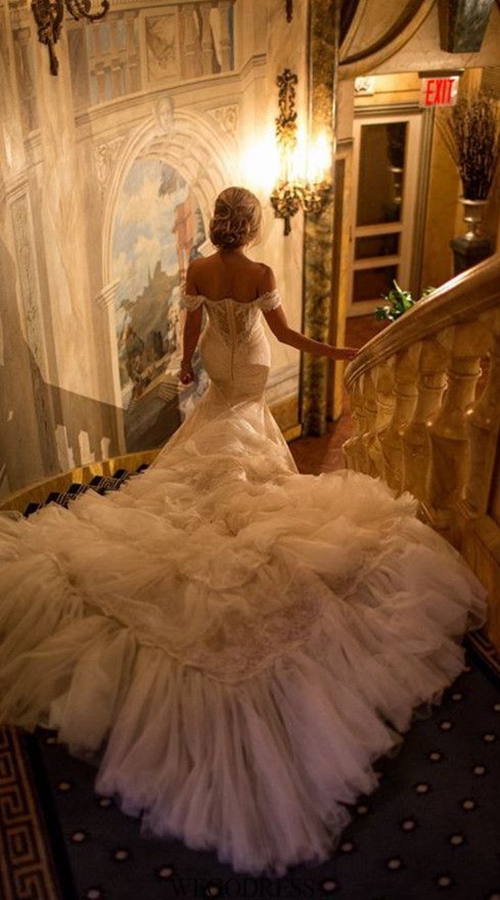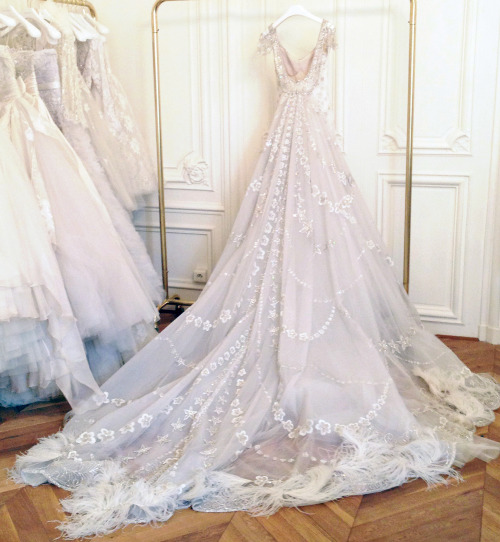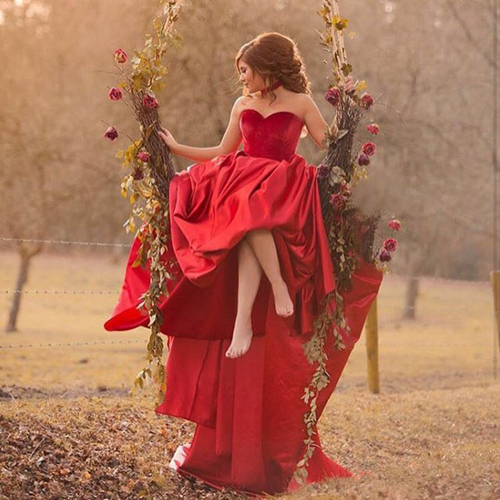Princess Diana and Her Fairytale Fashion
Five years ago, on April 29, Prince William and Kate Middleton shared their wedding with the world. Prince William had his breath taken away by Kate in her royal wedding dress. But today, we're talking about another princess whose wedding dress also became the most famous outfit in the world-Diana, princess of Wales.
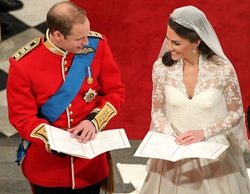
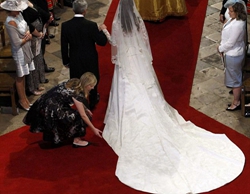
In 1997,the influential fashion photographer Mario Testino shot a series of seminal images of Princess Diana wearing GIanni Versace for Vanity Fair magazine. These photographs have come to define the look and glamour of a woman who became an important fashion icon of the twentieth century. In the early twenty-first century, media interest in her image remained undiminished.
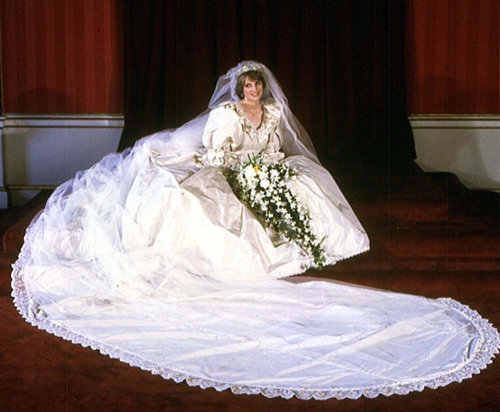
Diana Frances Spencer (1961-1997) was born in Park House on the Queen's estate at Sandringham, the third child of Johnny, eldest son of the seventh earl of Spencer and a member of one of England's most important aristocratic families. In 1969 when Diana’s parents were divorced, her father retained custody of the children, and in 1975 when Diana was fourteen, the seventh earl died, and the family moved to their ancestral home, Althorp in Northampton. When she was seventeen, her father bought her an apartment in Kensington, London, where Diana found work as a nanny until the day of her engagement to Prince Charles was announced.
DIOR, CHRISTIAN
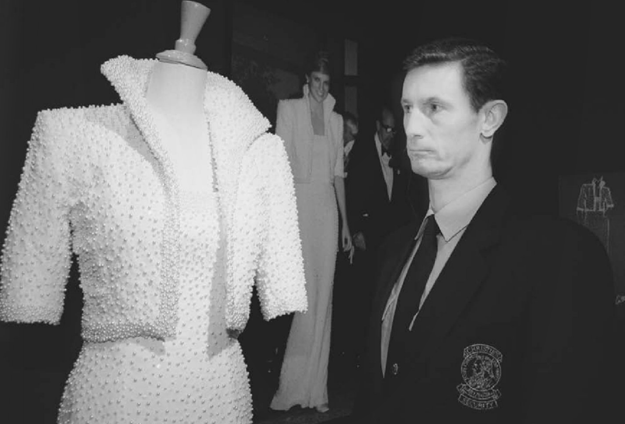
Dress worn by Princess Diana. Diana worked within the boundaries to royal tradition to create her own modern style, which was both elegant and youlhful, quickly elevating her to fashion icon status.
The couple married on 29 July 1981,at St. Paul's Cathedral. Diana's wedding dress, designed by Elizabeth and David Emanuel, was a fairytale fantasy showcasing traditional English craftwork. It featured woven silk taffeta by Stephen Walters of Suffolk and historic lace from a flounce of Carrickmacross lace owned by Queen Mary and from the Nottingham Company, Roger Watson. The dress became one of the most famous outfits in the world, and the twenty-five-foot train added a touch of theatricality that would create an enduring image of the event, which was watched on live television by more than one billion people worldwide.
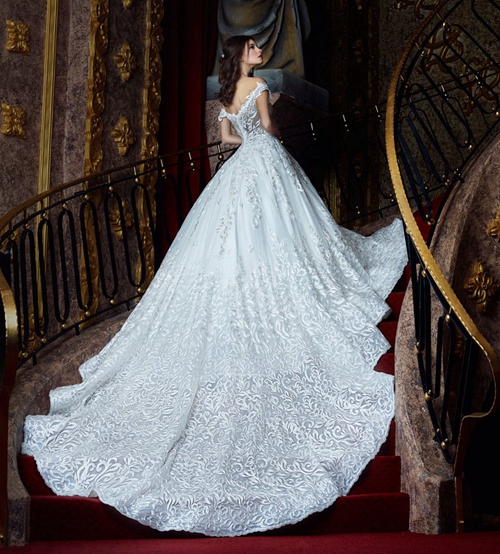
From that moment the princess became an international figure, photographed and documented wherever she went, and she became a global fashion icon. Diana loved clothes; they were a personal passion but also a requirement of her new public life. As one of the most important members of the British royal family, her wardrobe requirements were fixed in a world that required ball gowns and matching hats, shoes, and handbags, items that were not typical of mainstream fashion for young women in the early 1980s.
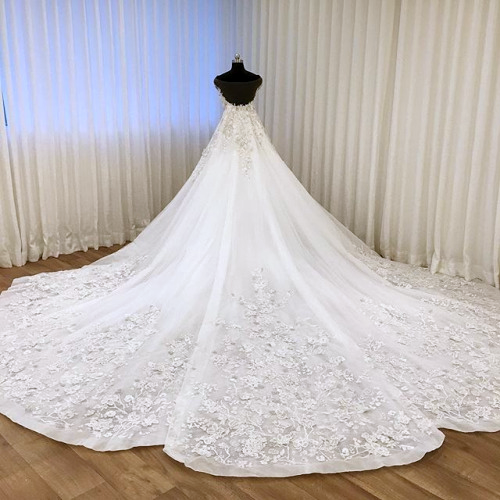
It is not surprising then that in the early years of her marriage she was steered toward established British fashion designers, including Murray Arbeid, Belville Sassoon, and Gini Fratini, whose traditions of classic tailoring for day and romantic evening wear dated back fifty years. Diana was, however, determined to stamp a modern and youthful personal style on this public and formal persona, and, more than any other British designer, Catherine Walker helped her to develop an elegant, tailored look that became her own.
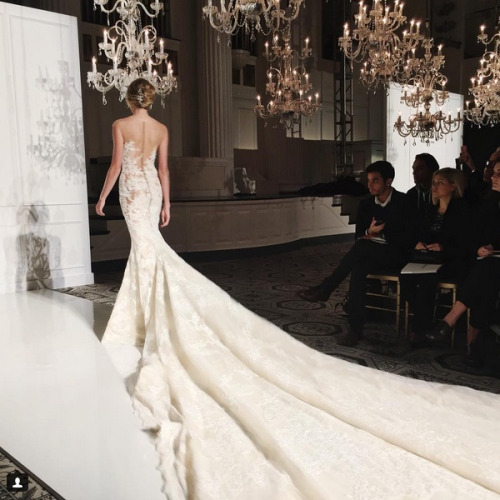
From the 1980s, Catherine Walker helped Diana create a streamlined modern version of clothes for her public life as the Princess of Wales. After her divorce from Prince Charles, Diana went on to develop a more individual style that reflected her new independence and freedom. Diana understood her role as a fashion icon and that everything she wore every new accessory and change of hairstyle would be scrutinized. In the 1990s, in search of a new look, she remained loyal to British designers, notably Jacques Azagury, who encouraged her to wear dresses cut revealingly low and to wear shorter skirts. Increasingly, however, she turned to European designers-the Italian designers Versace and Valentino and to the French couture houses of Dior, Lacroix, and Chanel. Her look became more international with a sophisticated and simple silhouette and an effect that was all in the details. Superb cut and luxurious materials worn with coordinated colored accessories, handbags, jewelry, and shoes became her hallmark. It is this image that defined an enduring fashion look of the late twentieth century.
See also Royal and Aristocratic Bridal Gowns.
